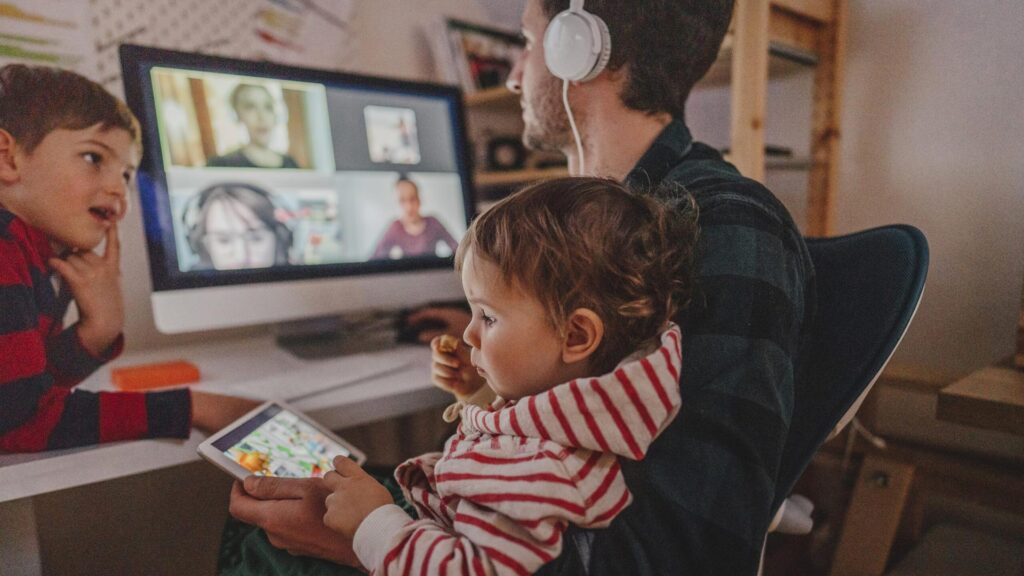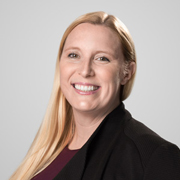As the world continues to fight COVID-19, millions of people are settling into a new normal for the way they work. Others are still waiting to return to work or are working under new health and safety conditions. In the short-term, this created chaos, but in the long-term, this can cause even more severe consequences. Changing the way people work during the COVID-19 crisis has created a confusing landscape for projects. Companies will need to adapt their project portfolios to accommodate these changes.
How Work Has Changed
There are a lucky few out there who have not had the way they work disrupted because of COVID-19, but most of us are living out the turbulence of change on a daily basis. The biggest change for workers is that many are now working remotely. While remote work in and of itself is not problematic, it takes time for people to set themselves up for success when working remotely and it might not be possible for some workers to create a completely successful remote working environment.

The first hurdle of remote work people are facing right now is not having a dedicated workspace. Not everyone has a home office available to them so people all around the world are setting up at kitchen tables, in bedrooms or anywhere they can find extra space in their homes. This has both big and small implications. Imagine trying to work at a kitchen table with people cooking lunch just feet away from you. How distracting would that be?
But even for people who do have comfortable home offices available, schools across the country and the world have been closed which has shifted a huge responsibility onto parents who are not only responsible for childcare during the day, but oftentimes their children’s education as well. Many parents are now tasked with finding time to set their children up for online schoolwork or finding something to keep them busy for as long as possible so they can work.
Finally, many workers are trying to do their job without the tools and equipment they are used to having. This could be computers, monitors, software or other special equipment. Many companies were not prepared for a fully remote workforce, so workers might not have what they need at home. This could prevent them from doing projects entirely, or severely slow down their work.
Why You Need to Learn to Adapt
No one is quite sure when businesses will resume as normal. It’s quite possible that there will be additional waves of COVID-19 outbreaks and the effects of public fear over the virus will not disappear overnight. But regardless of how long business will be disrupted by COVID-19, learning how to adapt your project portfolio to disruption is a skill all companies will need to continue to be successful. Even before the COVID-19 crisis, remote work was on the rise. In the past decade, remote work rose by 400%. This means that even when business returns to normal, companies will be faced with the challenges of remote work. Learning how to account for and adapt to these challenges will be crucial for survival. So whether or not COVID-19 continues to interrupt business in the near future, now is the time to learn to adapt.

Measuring How Work Has Changed
While there are numerous ways work has changed thanks to COVID-19, we’re going to focus on three that are most common and more importantly, measurable.
Meetings
First, you should consider whether or not your workforce has seen an increase in meetings. There are a number of reasons that your organization could be having an explosion of meetings right now: people aren’t in an office together so collaboration is more difficult, frequent changes to projects are occurring and need communicating, or maybe people are scheduling meetings for discussions that could be had in an email for the sake of human interaction even if it’s only virtual. Regardless of why there might be more meetings, the effect is that it reduces the amount of time each person has to devote to projects.

Your organization may not have this problem, but you will need to investigate the matter to be sure. To do this, you can look at the time spent in meetings for certain individuals in March and April and compare that to January and February or to the previous year. The good news is that you don’t have to conduct this analysis for every single worker. You can conduct this analysis on a random sample of workers or specific ones that represent your workforce as a whole.
Childcare
To evaluate how the amount of work is reduced by the fact that employees have to provide their own childcare while working, you will need to have honest conversations with your colleagues. Right now, schools and daycares are not open, so parents have no options but to provide the childcare themselves. Approach this subject with understanding and they will give you honest answers. You could create an anonymous survey or ask colleagues individually how much time they spend during their workday dealing with their children. Do they spend an extra hour during the workday attending to children? Or maybe 15% of their workday is devoted to childcare? Keep in mind that some parents may be shifting their workload to the evening hours because this is a time with fewer demands from children. Getting an accurate idea of childcare demands is important for planning and adapting your capacity plans.
Productivity
For all those kitchen table workers out there (myself among them), being productive has been extremely difficult. With a less than ideal work environment comes a decrease in productivity. It’s not that workers aren’t trying (have you noticed that noise-canceling headphones don’t cancel all noise?), but some amount of productivity is going to be lost. That’s not to say workers won’t find it again. They might become more productive after settling in more, but for right now you need to know how their productivity is affected. This is a little more difficult to measure than meetings and childcare, but not impossible.

Many project teams or individuals will have regular, reoccurring or similar projects that they work on. Ask your colleagues if these projects are taking more or less time than they used to and to quantify the change. Does it take your developers 10% more time for bug fixes? Does it take accounting an additional two hours to put together an analysis? Of course, you can also ask colleagues how long a certain project or task was planned to take and how long it actually took to finish it. With this information, you can create averages for departments or project teams for the loss of productivity.
How to Adapt You Project Portfolio
Once you measure the effects of how work has changed, you need to apply it to your project portfolio. Having an accurate picture of your organization’s capacity is the only way you can continue to execute your projects. To accommodate the increase in meetings your organization is holding and the need to provide childcare, you should adjust your resource utilization rate. An industry-standard resource utilization rate is 80% (meaning workers spend 80% of their time working on projects and 20% in meetings and performing administrative tasks). Adjusting this rate gives you a much more realistic idea of the time workers have for projects and allows you to plan accurately. To address the decrease in productivity, you could increase the estimated manpower needed to complete projects. If it takes people on average 12% more time to finish projects, you will need either assign more people to the project or extend the deadline of the project.
How Meisterplan Can Help
The way people work is always changing and evolving. Whether there is a worldwide pandemic or not, companies need to regularly reevaluate the way employees work. When they do so, they create more accurate project plans that are achievable. They save people the headache of being overallocated on projects, the stress of being under tight deadlines and troubles caused by projects not finished on time. Meisterplan makes it extremely easy to adapt your project portfolio to the changing ways people work. All updates are made in real-time so you can see the immediate impact of any changes. You can also use scenario planning to immediately answer What-If questions about your projects and workers.
Read Next

Riedel Conquers Hybrid R&D Projects with Meisterplan’s Strategic Resource Planning



